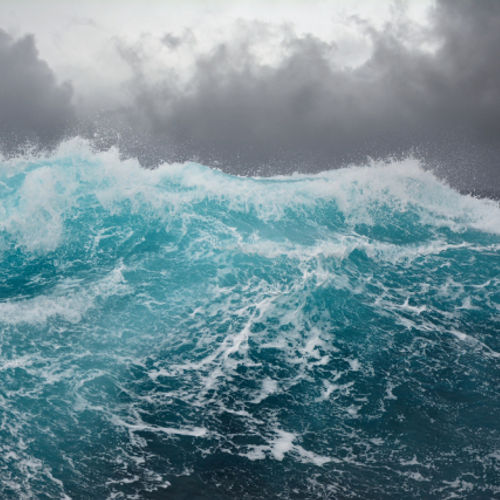
| Added | Mon, 19/09/2022 |
| Источники | |
| Дата публикации | Mon, 19/09/2022
|
| Версии |
On August 21, 1986, a tragedy occurred in Cameroon: Lake Nyos exploded, killing 1,746 people and thousands of wild animals for many kilometers around. The eruption was caused by the release of a deadly gas that had been released from the Earth's mantle for hundreds of years and accumulated at the bottom of the lake.
A landslide in the lake, a landslide or volcanic activity may have triggered this situation, as the sudden disturbance of the lake contributed to the release of 1.24 million tons of carbon dioxide. The catastrophic release suffocated nearby people, as this gas causes suffocation due to hypoxia (lack of oxygen). In such high concentrations, carbon dioxide can make it impossible to breathe.
Survivors of this disaster tell how a roar was heard and foamy spray rose hundreds of meters into the air. A gust of wind swept through the houses in the local village. The gas killed thousands of people, wild animals and livestock, and a huge white cloud formed over the water.
Unfortunately, the destruction did not stop there. A heavy cloud descended into the valley and reached nearby settlements located 25 kilometers from the explosion site, causing suffocation and death all around. Only those who were on high ground were able to avoid it.
Desperate to understand how such a tragedy could have happened, scientists from all over the world joined forces in Cameroon to conduct research on crater lake. They found that Nyos, along with another crater lake nearby, are both unusual in that they contain layers rich in carbon dioxide at the bottom. This suggests that even now it is continuously leaking into the water.
Geologists now know that there are 43 deep crater lakes like this on the volcanic line of Cameroon, each of which can potentially contain deadly volumes of toxic gas. In other parts of the globe, similar lakes can be found in Italy, Tanzania and on the border with Rwanda.
The water with its weight held back a huge gas bubble until carbon dioxide suddenly burst onto the surface of the lake. A similar explosion occurred at Lake Manun two years before the 1986 disaster, although not on this scale.
According to experts, lakes can be controlled using pipes that provide slow removal of gas into the atmosphere. However, scientists fear that this may not be enough to prevent future disasters.
In an article published in The Conversation, scientist Henry Ngenyam Bang from Bournemouth University shared fears that a similar disaster could be brewing on Lake Cook, also located in Cameroon. Its waters turned from blue to dull red, which was observed in Lake Nyos before the explosion.
To prevent a similar catastrophe in the future, Bang recommends checking again most of the reservoirs located above the volcanic line of Cameroon.
Новости со схожими версиями
Log in or register to post comments









